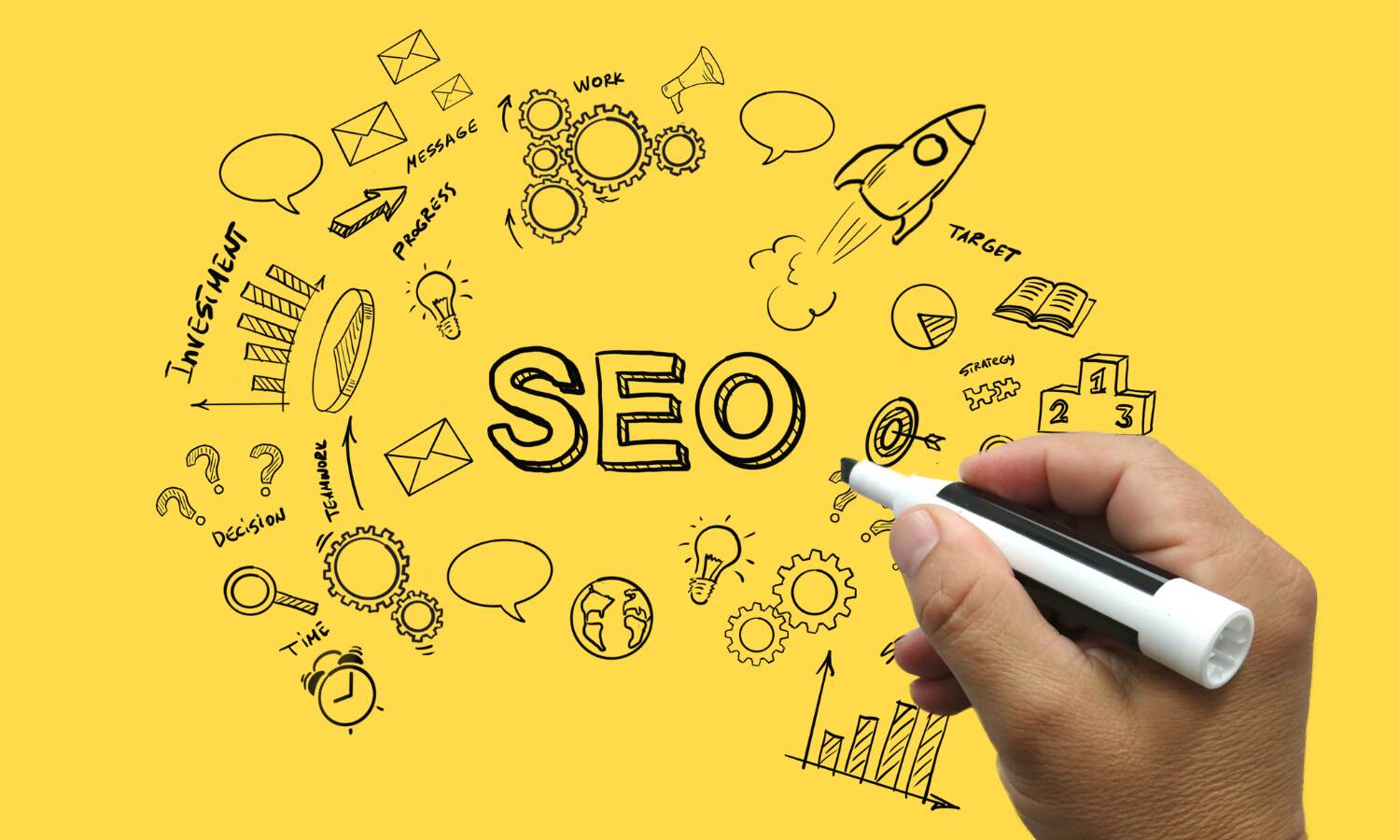



Google’s John Mueller Reminds Of Nuance In Nofollow Attributes
Google's John Mueller reminds of the nuance involved in the use of nofollow link attributes...
Google’s John Mueller responded to a tweet regarding the right use of nofollow for SEO, while agreeing with the tweet, he also pointed out a nuance about the nofollow property that was lacking.
The tweet was inspired by an infographic that explained when and when not to utilize nofollow characteristics.
Infographic with nofollow
A Yale study demonstrated how the human brain achieves awareness by digesting "an avalanche of external stimuli," emphasizing the importance of visual signals in communication.
Infographics are great ways to deliver information since they integrate images with the messages.
Someone on Twitter shared an infographic about the proper use of no follows and tagged Google's John Mueller, who responded.
The infographic recommended adding a rel=nofollow link attribute to a sponsored link, which is technically correct but not as simple as it may appear.
John Mueller posted on Twitter:
"Sponsored is also nofollow (or sponsored, nofollow)." Also, if you're doing these links for SEO, isn't the goal for Google to locate them?"
There's More to Nofollow Than Just Nofollowing
In the context of language, "nuance" refers to a subtle change in meaning.
John’s tweet was on the additional subtlety in the rel link element property.
In addition to the usual nofollow, John's comment pointed out that there is also the "sponsored" link element property.
The message is that while it’s permissible to use nofollows for sponsored outbound links, publishers have a choice to be more particular about what kind of nofollow attribute is utilized.
As John mentioned, in addition to the plain nofollow attribute, one can use a rel="sponsored" nofollow link attribute.
The rel="sponsored" link attribute provides Google with more context for the link.
The word semantic is about the meaning in language.
The rel=”sponsored” link attribute offers extra meaning to Google about the context of the outbound link that is being nofollowed as rel=”sponsored.”
The official Google documentation does not explain how Google makes use of the additional semantic information.
Google's official guidelines for the various types of nofollow link attributes suggest that publishers use the proper variants of the rel link attribute.
Mueller's tweet about sponsored links reflects Google's own guidelines on paid outbound links, which clearly suggests rel="sponsored."
This is Google's official recommendation:
“rel=”sponsored”
Mark adverts or paid placements (also known as paid links) with the sponsored value.
Note: Although sponsored links are preferred, the nofollow tag was formerly recommended for these types of links.
Apply Nofollow to User Generated Content (UGC)?
The nofollow property should also be used on User Generated Content (UGC), according to the infographic.
UGC content is content submitted by third-party readers, such as in blog comments, user reviews, or discussion forums.
The infographic contains a warning concerning UGC links (links posted by users) that states:
"If you don't"Mark links that are advertisements or paid placements (commonly called paid links) with the sponsored value."
There is no ambiguity here; it is a "do this" declaration, not a suggestion.
In contrast to how Google wants sponsored links to be treated, user-generated links should only have a rel="ugc" link property.
nofollow these links, you'll soon become spammy."
That assertion is not entirely correct.
There is nothing wrong with UGC links for SEO as long as the outbound links are appropriately controlled.
According to Google's rules, sponsored links should be marked with a nofollow or rel=UGC attribute.
"Mark links that are advertisements or paid placements (commonly called paid links) with the sponsored value."
There is no ambiguity here; it is a "do this" declaration, not a suggestion.
In contrast to how Google wants sponsored links to be treated, user-generated links should only have a rel="ugc" link property.
Here are Google's guidelines for UGC links:
"We recommend adding the ugc value to user-generated content (UGC) links, such as comments and forum posts."
If you wish to recognize and reward reliable contributors, you might remove this attribute from links uploaded by members or users who have consistently provided high-quality contributions over time."
As a result, adding the rel="ugc" nofollow link tag is optional.
Outbound connections from user-generated material are clearly not intrinsically undesirable or troublesome, neither for Google nor for the publisher - as long as the publisher moderates those outbound links.
If UGC links were uniformly harmful and problematic, Google would not declare that it is acceptable to allow UGC links if the people are trustworthy.
But there's an if in there, and it's a huge one.
Failure to monitor user-created links can result in spammers creating links to spammy sites, often in a covert manner.
This can be difficult for a publisher to deal with.
SEO's Technical Nuance
SEO is becoming increasingly difficult and technical, and there is a lot to learn.
To recall all of the components of SEO, one essentially needs an encyclopedic memory.
It's a good thing we have someone like John Mueller to point out the nuances every now and again.
NoFollow or NoIndex Tags are provided by Hocalwire CMS to enable and disable the crawling of a certain page. This might be a convenient tool that enables you to pick carefully what information needs to be searchable online. Hocalwire CMS handles the technical parts of keeping Large Sitemap, Indexing pages for Google, Optimizing page load times, Maintaining assets and file systems, and Warning for broken links and pages while you handle all these non-technical components of SEO for Enterprise sites. If you're searching for an enterprise-grade content management system, these are significant value adds. To learn more, Get a Free Demo of Hocalwire CMS.

